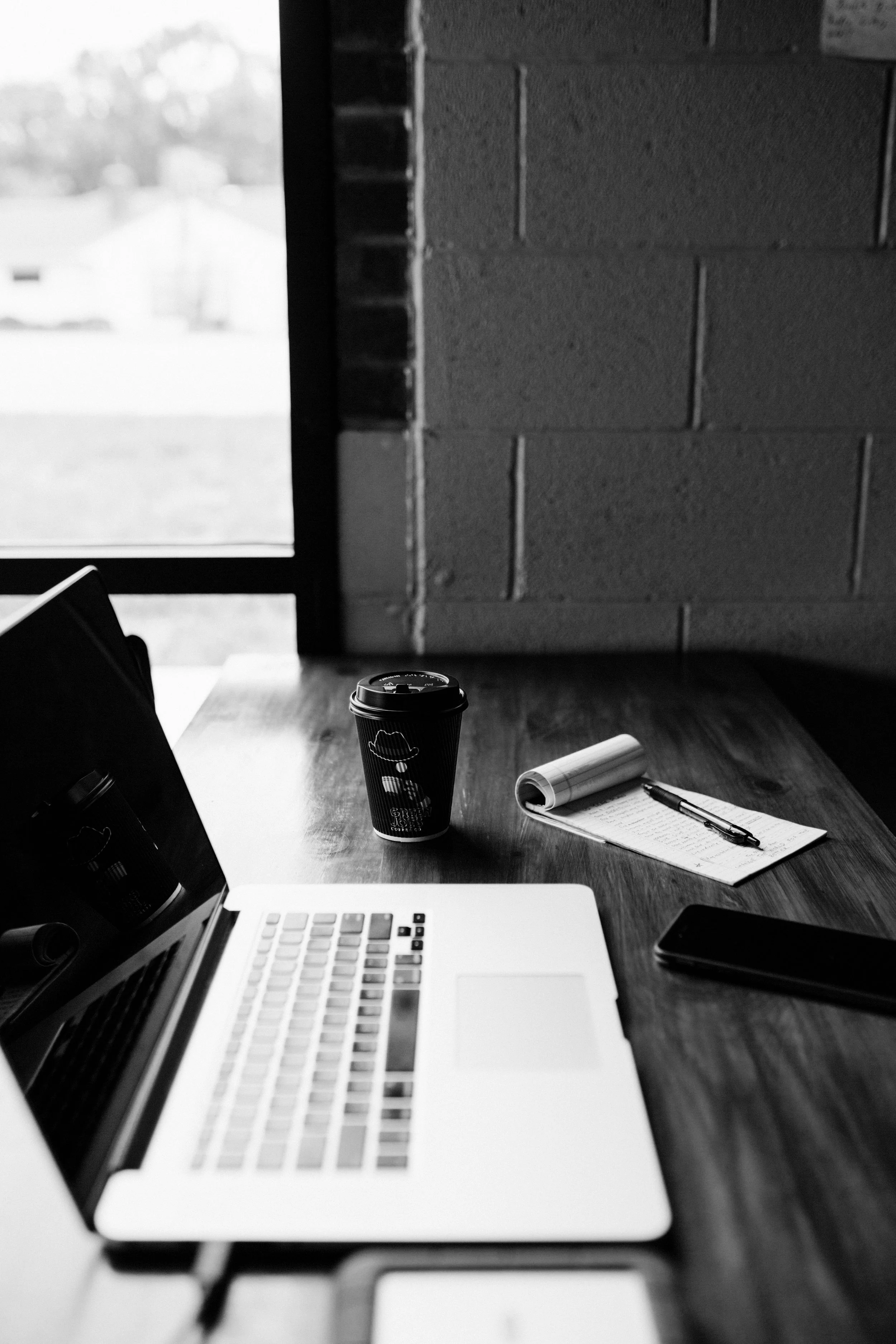Problem:
Many people start treatment and then quickly drop out before completing their goals because they do not vibe with their therapist. A bad fit can affect someone’s progress in treatment and also cause a person to not seek help in the future for fear that they might not have a good connection with their therapist.
Solution:
Create an app that will find the right therapist for your individual needs.
Product Duration:
Five (5) Weeks
November 2022 - January 2023
My Role:
UX/UI Designer and Researcher
Wireframing
High and Low-Fidelity Prototyping
Usability Testing
Iterating on Designs
Tools Used:
Figma
WCAG Guideline Tools
Accessibility Checker
Understanding the User:
To fully understand my target audience and the task at hand, I first completed secondary research to determine common barriers to seeking treatment. Results from my study showed that therapists have a significant effect on treatment outcomes.
I then created surveys and distributed them to individuals who have previously attended therapy. These were used to gather qualitative information on their experience finding a therapist.
“I’ve tried going to therapy about five separate times and have only found one therapist that I actually liked.”
—Chris M.
“There is literally nothing worse than suffering through a therapy session with someone you can’t connect with.”
—Hannah B.
Target Population:
My target population is anyone in need of outpatient mental health services and between the ages of 18-80. Based on my initial research, I created two personas:
Identifying User Needs:
I completed a competitive analysis to identify current resources available and to find gaps in the market. The following opportunities were identified:
Videos that will allow users to get a better feel for the therapist.
Ability to access therapy notes and homework through the app.
Ability to pick your therapist from a list tailored to meet your individual treatment needs.
Initial Design Concepts:
I completed the crazy eights design exercise to generate as many ideas as possible and completed a design storyboard to help me gain a better understanding of the journey my user will take while using my app.
Paper Wireframing:
I am a firm believer in the importance of creating paper wireframes. This is always the first step in my process. I start by creating five (5) different variations and then mark my favorite elements. This saves so much time when I start creating my digital wireframes.
Digital Wireframes and Low-Fidelity Prototypes:
Once I completed my paper wireframes, I hopped on Figma and started designing a low-fidelity prototype for my app.
User Testing:
I started by creating a detailed research plan outlining goals for the study and a step-by-step guide for completion. This included an introduction to the study, research questions, key performance indicators (KPIs), methodology, and a script to ensure consistency between each research session.
Usability Study Findings:
What happened next:
The issues identified by the users were fixed and a second usability study was completed. Once all major issues were resolved, I began to work on high-fidelity mockups.
High-Fidelity Mockups:
I began by creating a brand guide and sticker sheet to help make the design process move more swiftly and to ensure consistency across my designs. Once that was complete, I got to work adding images and colors. I used Gestalt principles to guide my designs and to improve usability and aesthetics.
High-Fidelity Prototype:
My high-fidelity prototype took the user through the experience of identifying treatment needs, finding a therapist, and scheduling an appointment.
This experience taught me that not all visually appealing design is accessible. You have to find the balance between what looks good and what is functional, which is not an easy task. If we design for users with special needs, we all benefit. I also learned that there is a lot more to Figma than what I was taught in my introductory UX/UI course. After completing this project, I continued to grow my skills by watching YouTube tutorials.










